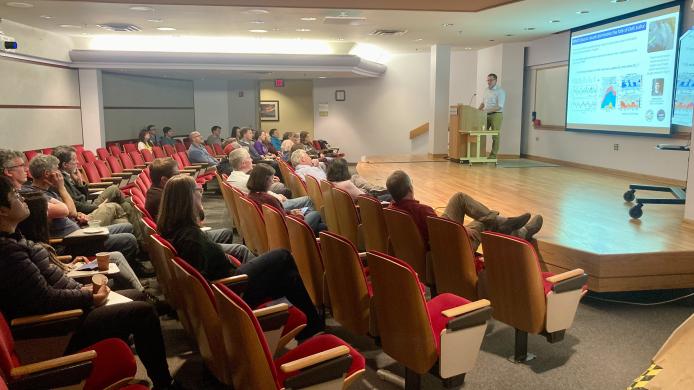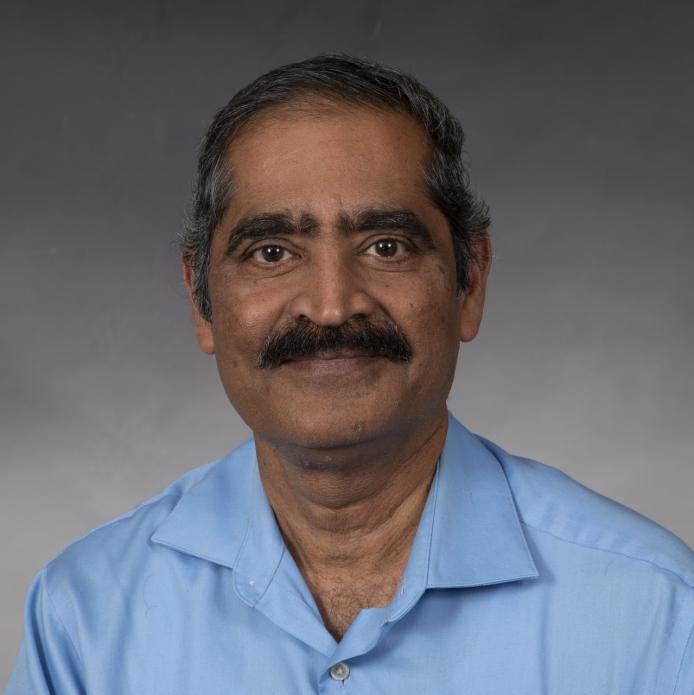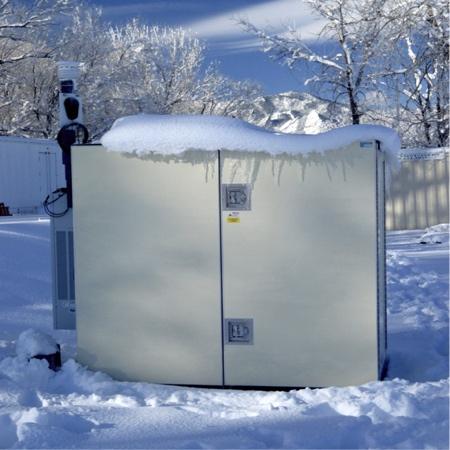
GOTHAAM
Skimming the Skyline: Scientists Track Urban Emissions Over New York City
NSF NCAR EOL is currently supporting a research effort to investigate what's in the air above one of the most populated and chemically complex regions in North America.
Photo: Mike Robinson

AVAPS®
This year’s AVAPS® Users Group meeting featured the highest number of scientific presentations to date and covered observations in the Pacific and Atlantic basins, as well as studies of air-sea turbulent fluxes in the boundary layer—key drivers of hurricane development.

ICECHIP
EOL is providing data management services including the EOL Field Catalog to the largest US hail study in 40 years
EOL in the News
Read stories and articles about the incredible work by EOL staff and our suite of requestable Lower Atmosphere Observing Facilities (LAOF).

NSF Facility and Instrumentation Request Process (FIRP)
The Facility and Instrumentation Request Process (FIRP) solicitation describes the mechanism by which the research community can propose projects that require access to facilities and instrumentation sponsored by the Facilities for Atmospheric Research and Education (FARE) Program in the Division of Atmospheric and Geospace Sciences (AGS). Specialized FARE instrumentation and facilities include the Lower Atmosphere Observing Facilities (LAOF) and the Community Instruments and Facilities (CIF). For more information, please contact Nick Anderson, NSF Program Director (AGS-PDM@nsf.gov).

Explore NCAR-managed Lower Atmosphere Observing Facilities for your field research
EOL manages and operates a portfolio of multi-user national facilities that are sponsored by NSF. The NCAR-managed Lower Atmosphere Observing Facilities include:
These specialized facilities and instrumentation can be requested to carry out the scientific field work associated with the investigation of a wide range of geophysical phenomena.




